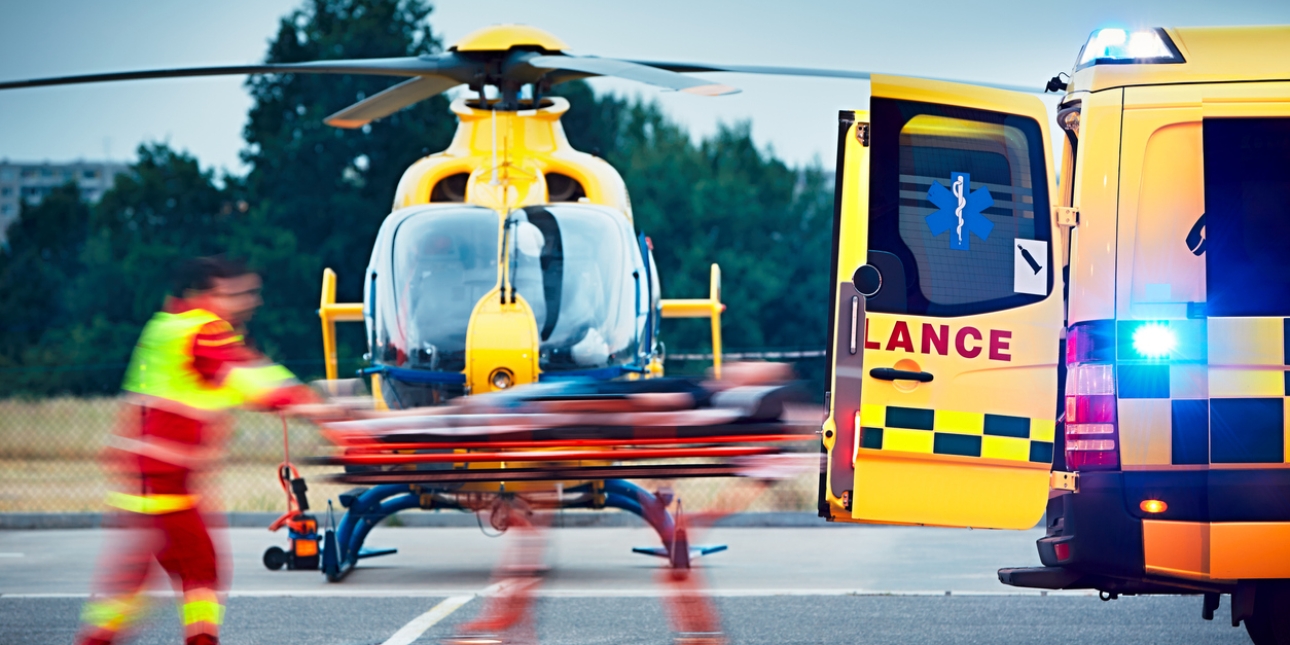Disaster recovery: in conversation with Professor Lucy Easthope
One of the leading experts in disaster planning and recovery spoke at a CIPR Crisis Communications Network event about the comms strategies that organisations needs to put in place
There can be no denying that the world has changed since 2019. Covid has affected us all in more ways than we could have imagined. According to Professor Lucy Easthope, we are in the tailspin of that global disaster and are currently living through a post truth, post trust era.
And she should know. Lucy is the UK’s foremost authority on recovering from disasters. Pandemics, together with other types of disaster, are very much her thing.
She has been an advisor for nearly every major disaster of the past two decades, including the 2004 tsunami, 9/11, the Salisbury poisonings, Grenfell, the Covid-19 pandemic and most recently the war in Ukraine.
Until she published her book When the Dust Settles in 2022, her field of expertise was not widely known, yet the truth is what would humanity do without people like her who plan and prepare for disasters, create the structures necessary to build resilience, and support the recovery afterwards?
“We are all disaster survivors now”
For the last two years the CIPR Crisis Communications Network has hosted numerous events on the various aspects of risk and crises and the move into disaster was a logical next step. We were delighted to host Lucy in conversation with Chris Tucker on 29 January. What is fascinating is that this event – on disaster – attracted a record number of registrants. Is that because we are all aware that post-Covid we are, in Lucy’s words, all disaster survivors now? Or is it because we have realised, however subliminally, that the years of permacrisis we have experienced recently might be morphing into something even more disastrous? What then can we do? How can we prepare?
“We need new comms strategies for 2024”
While Lucy spent much of her early career responding to particular incidents – eg dealing with the deceased, personal effects, care of families and communities – her focus today is now on review, planning and learning lessons for next time. There are always lessons to be learned because every disaster is unique and each one can impact communities 20 or even 30 years later. Emergency teams are typically made up of a jigsaw of public and private sector responders, and because disaster is by its nature chaotic, all sides must understand how important communications are to the recovery effort.
It is always important for communications to be consistent across the piece, but this is especially true in disaster situations. As Lucy pointed out, “all comms is comms” and the official (or verbal) message should be the same as the visual (or non-verbal) message. Victims, families and other stakeholders must see and hear the same thing and there is little point in saying one thing and doing another. In crisis, we are always taught to put the victim at the heart of any response, but this is even more true at a time of disaster when people may experience extreme physical and psychological trauma. This is no time for organisations to be defensive, or to obfuscate, or even to avoid saying sorry. Language must be clear, consistent, authentic and come from the heart.
Although everyone experiences disaster in their own way, common patterns do emerge. Understanding this is vital for the communicator, who must anticipate and respond to the challenges faced by survivors, communities, responders and others. For example, it is typical and normal for people to experience a sense of camaraderie, unity and optimism in the early stages (the ‘heroic’ and ‘honeymoon’ stages) but these are invariably followed by disillusionment, anger, exhaustion, disputes – the ‘slump’ – before reconstruction and recovery can take place. Failure to understand and prepare for these stages, in particular the slump, can lead to poor communication and potentially a breakdown of trust which impacts recovery in the longer term.
The Covid pandemic has left a long tail, having eroded public trust and faith in those who purport to tell the truth. Perhaps it has even affected public belief in science. These consequences affect us all. For organisations, it is vital to realise that because we are not the same people as we were in 2019, we cannot rely on the comms plans that were made in 2019: new comms strategies are required for the post truth world of 2024.
“Don’t forget the ‘black swans’”
Disasters and crises highlight the cracks lurking in organisations which could and should have been dealt with in peacetime. It is the job of the communications professional to flag these weak spots and it is the responsibility of the board to ensure that reasonable worst-case scenarios are considered and prepared for. It’s also the board’s responsibility to consider the ‘black swan’ type of events. What would you do, for example, if your organisation suffered a catastrophic flood and a cyber attack at the same time?
We live in alarming times. There are many risks we can plan for in 2024 but Lucy’s advice is to focus on their consequences. For example, is your organisation prepared to respond to conflict and war? What would be the consequences if the government required your CEO to release all employees aged between 20-50 for conscription?
Sobering thoughts indeed.
Katherine Sykes is co-chair of the CIPR Crisis Communications Network, where this post was originally published.

